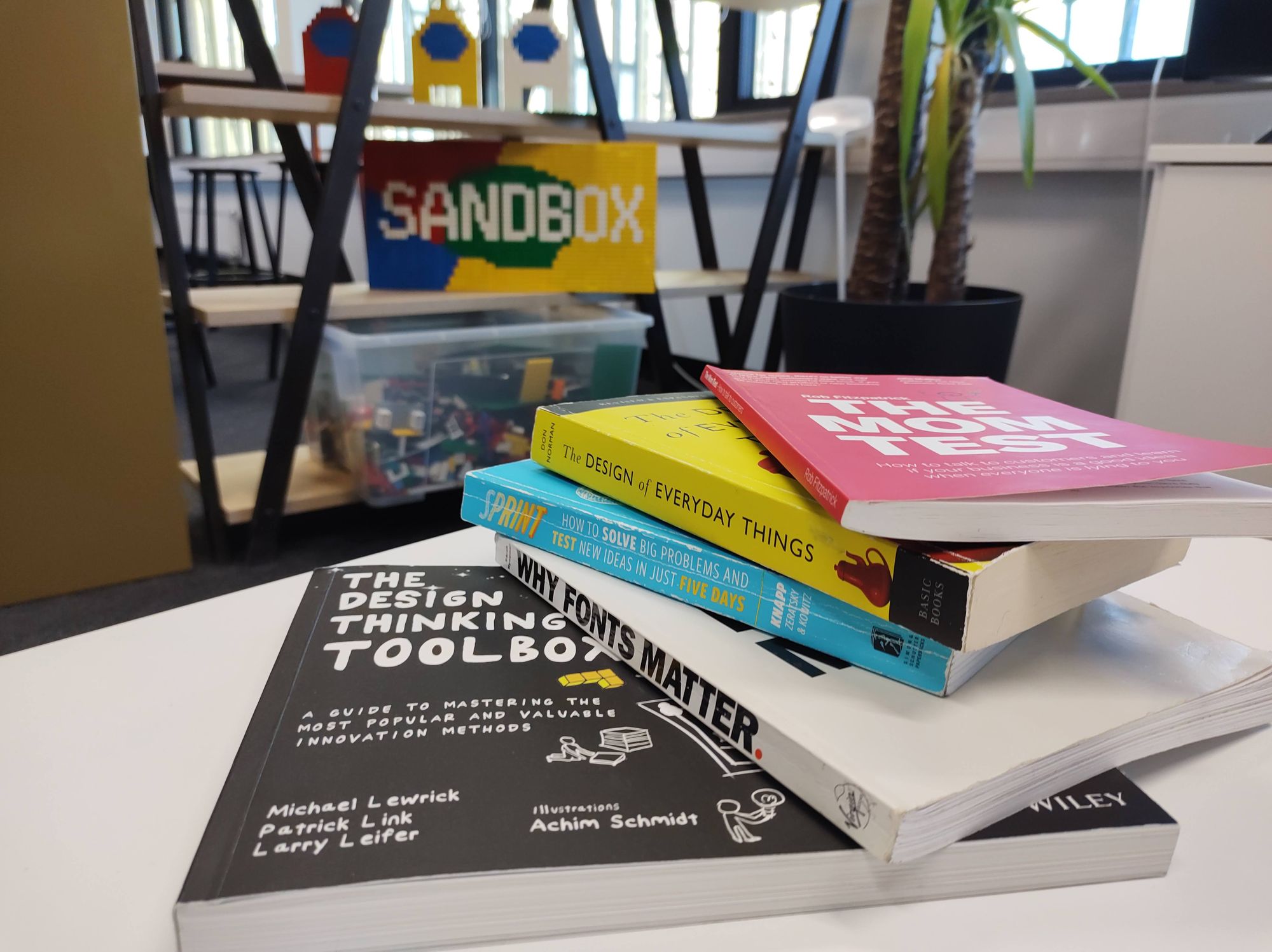At the Sandbox we’re all about Design Thinking, and when it comes to it a lot of literature has been written and published in the field already. Starting with timeless classics such as The Design of Everyday Things to more recent books such as Sprint, there is plenty of ground to cover. This can be quite intimidating to beginners. In order to clear the clutter and help you to get started here is an essential reading list which the Sandbox team recommends.
The Design of Everyday Things
By Don Norman
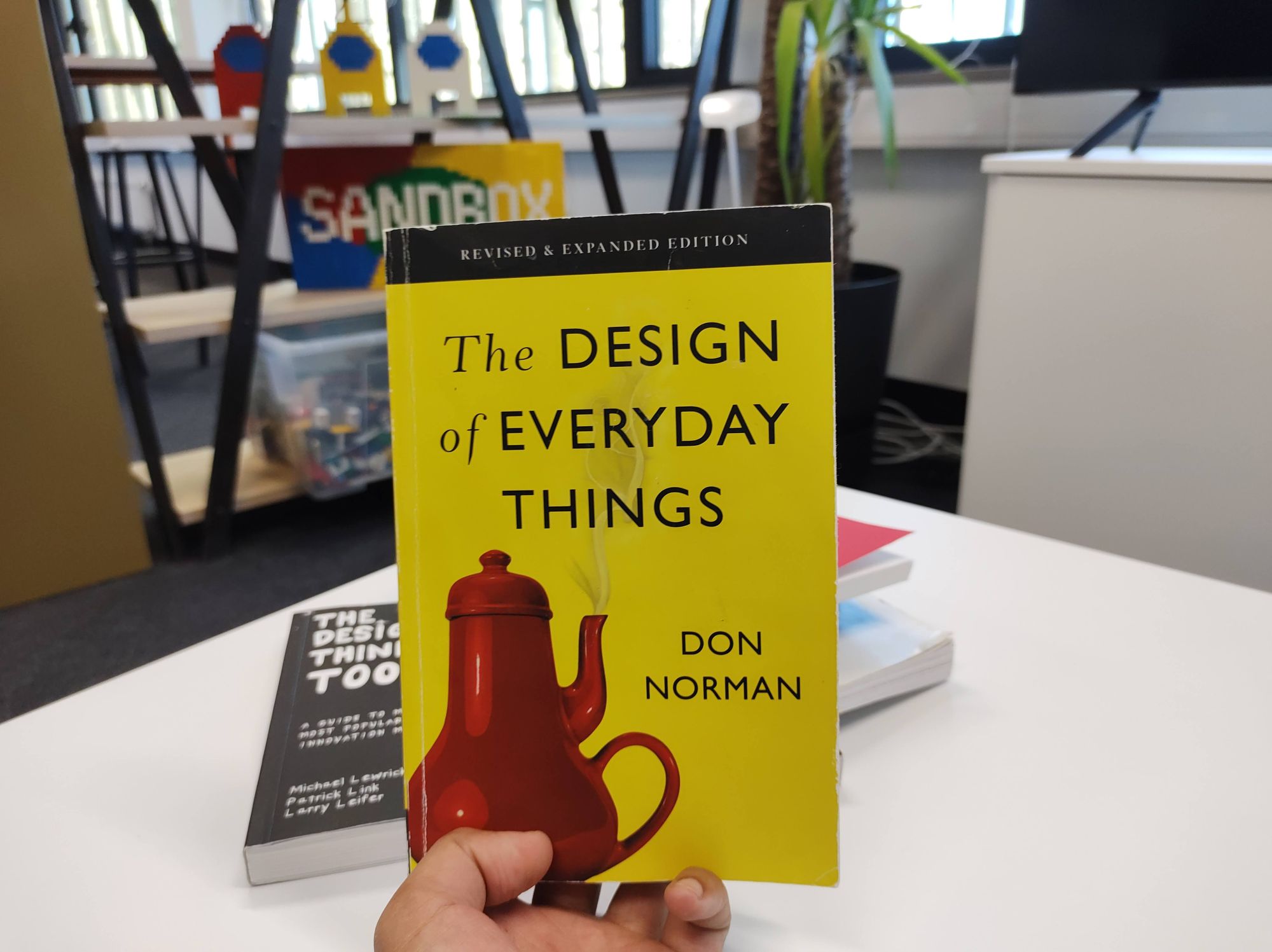
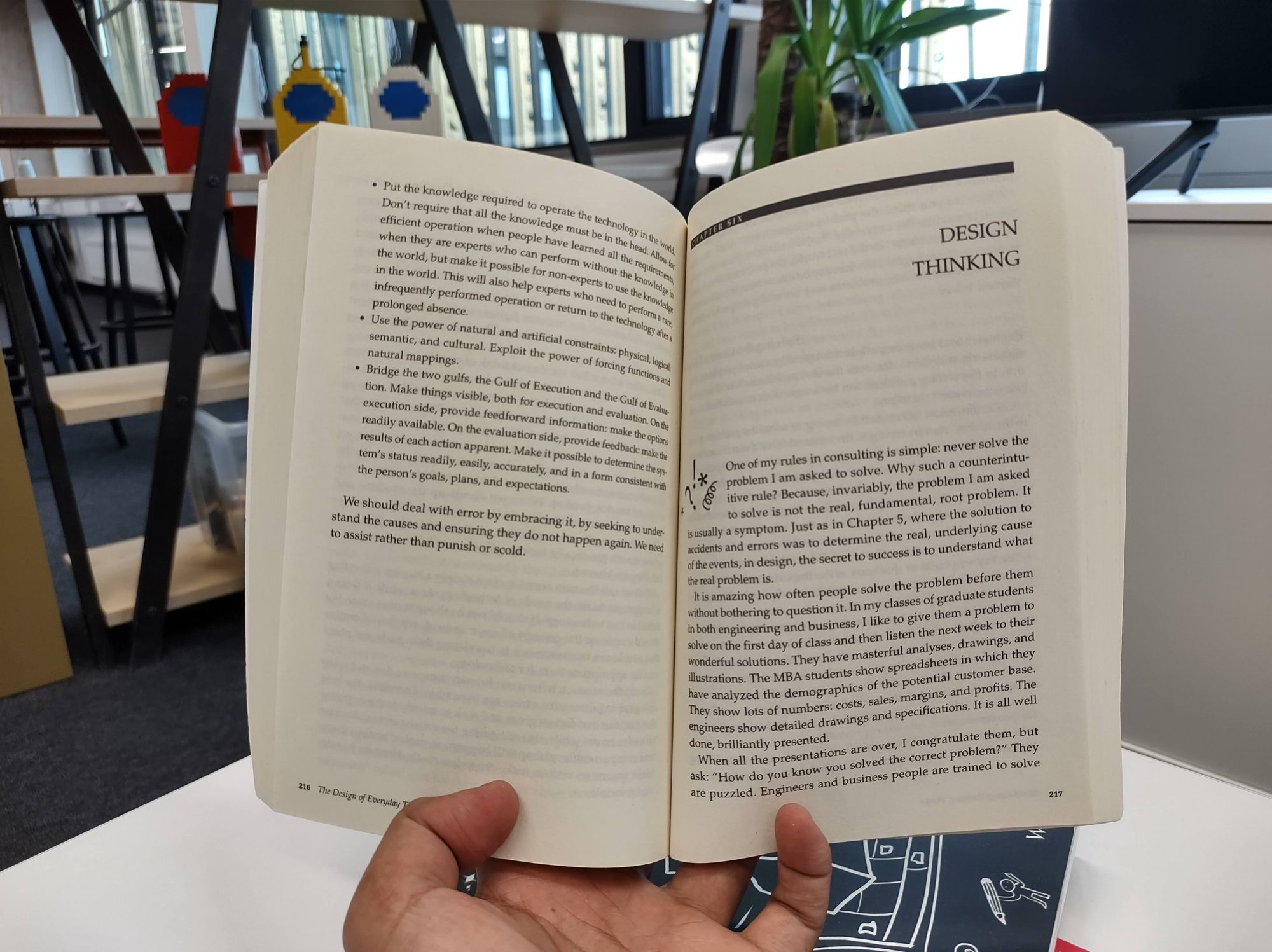
What do doors, microwaves, washing machines, websites and apps have in common?
The answer is that they’re all everyday things that can be quite hard to use. Take the case of doors for example, we’ve all had that experience of trying to push a pull door or even worse we’ve tried to open sliding doors by pushing or pulling them. In this book, Don Norman makes a case that a lot of frustration and “wrong behavior” by the users is actually the result of bad design. After making the case for better design, the book dedicates a chapter for Design Thinking which focuses on the double diamond model of design, and human-centered design. These concepts form the foundations of the Design Thinking world. In fact The double diamond model of design is something that our courses at the Sandbox use heavily (Read more here). While human-centered design has concepts that evolved into the entire field of Human Computer Interaction.
Needless to say this book is a must read for anyone remotely serious about design and design thinking.
Sprint: How to Solve Big Problems and Test New Ideas in Just Five Days
By Jake Knapp
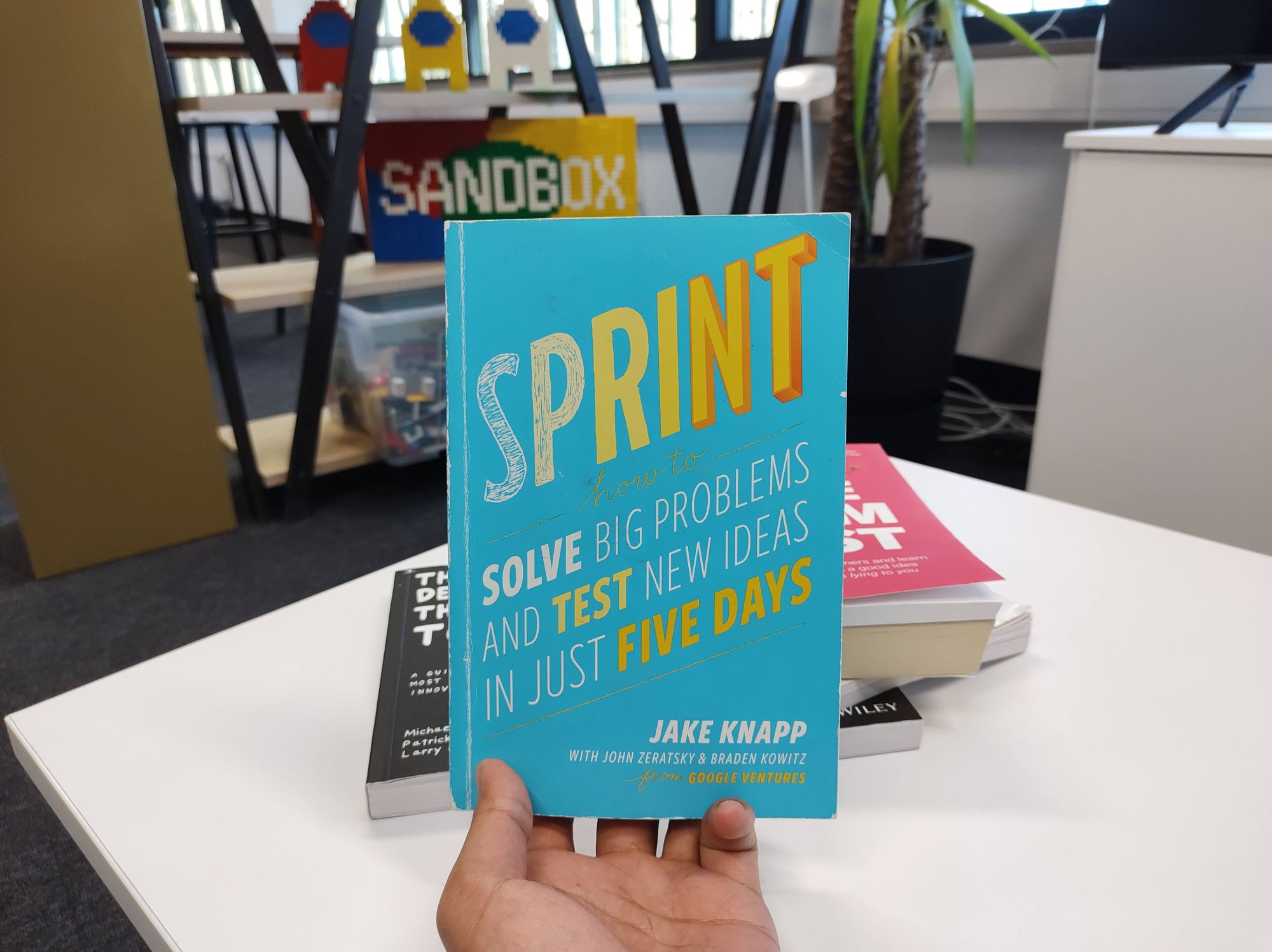
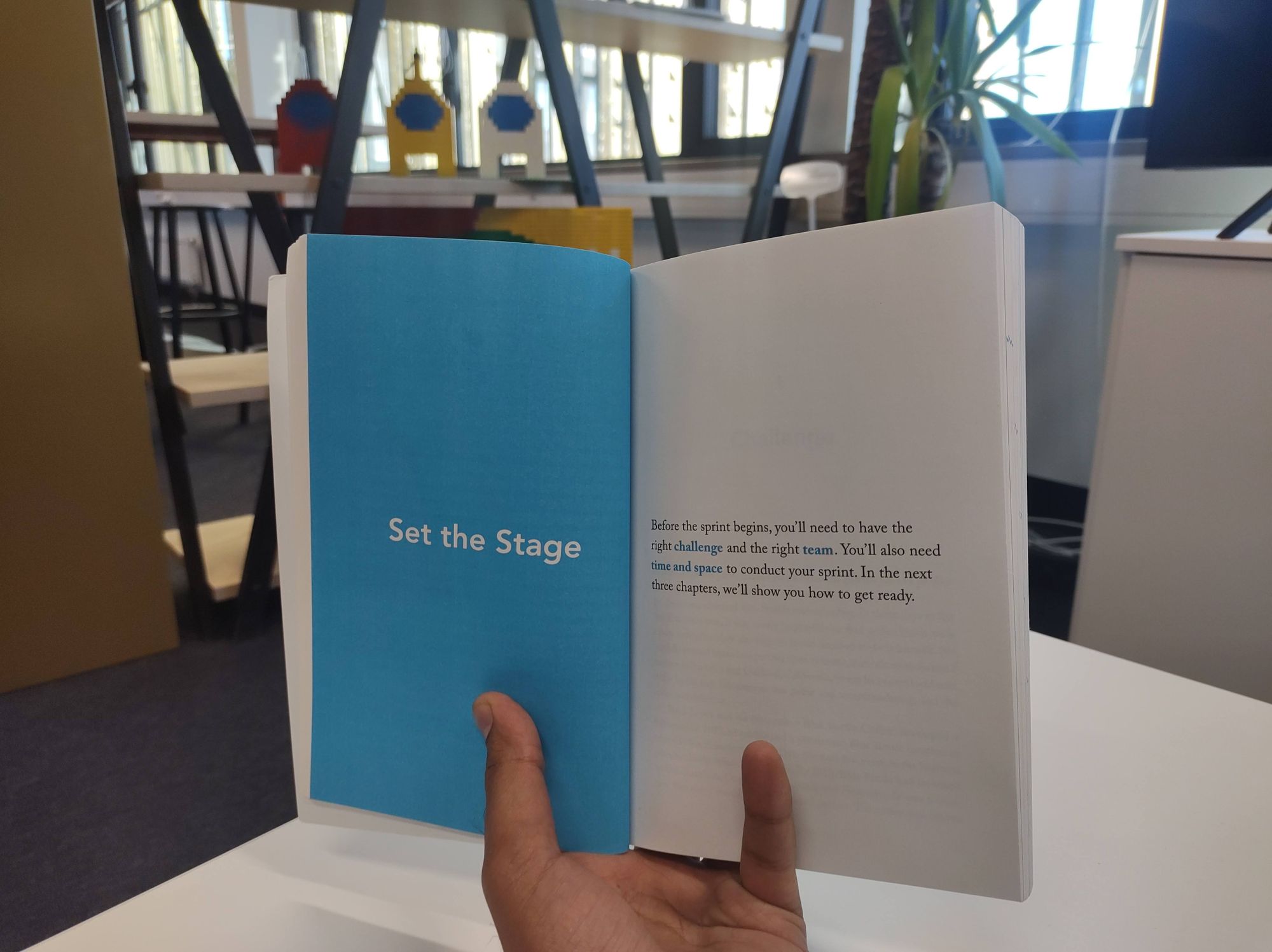
Often teams and companies have to tackle situations where there are many possible solutions to a problem. In such situations having a way to narrow down the possibilities and test it quickly becomes extremely important for progress. The Sprint book presents a method developed at Google Ventures which helps teams to do exactly that. Although the method might seem complicated and intricate, the core ideas are simple to grasp. The book recommends 5-days of focused work to solve a problem. Each day has a specific agenda. On Monday, the team maps out a customer journey, and decides on a well defined objective that can be tested. Tuesday is dedicated to brainstorming and sketching all possible solutions. The team then votes on a solution to test, and the solution is developed in greater detail on Wednesday. Post that the team builds a prototype that can be tested on Thursday, and the entire process culminates with testing and interviews with real users on Friday. The 5-day sprint or simply design sprint has become an important tool for product managers and designers.
The Design Thinking Toolbox: A Guide to Mastering the Most Popular and Valuable Innovation Methods
By Larry J. Leifer, Michael Lewrick, and Patrick Link
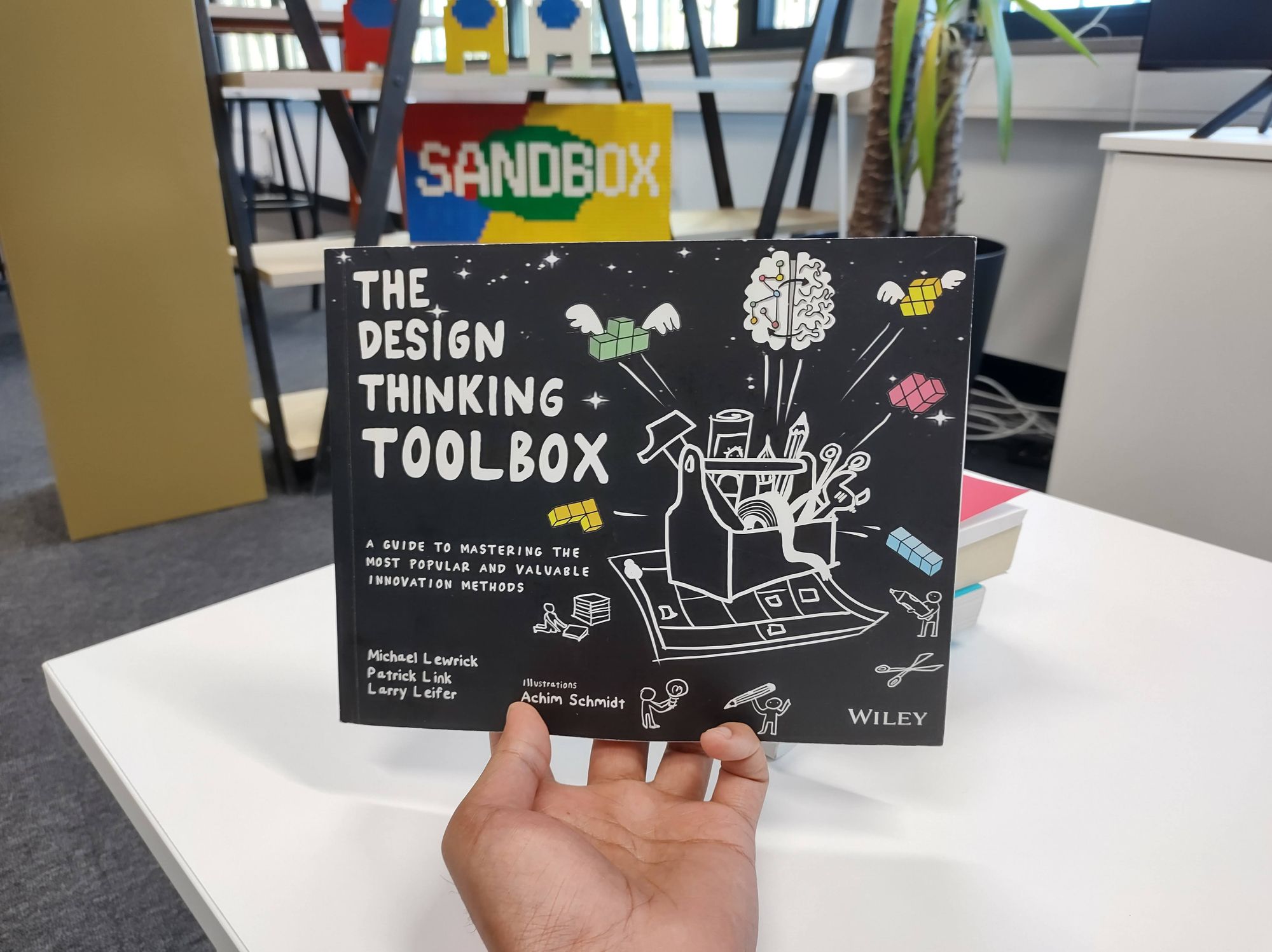
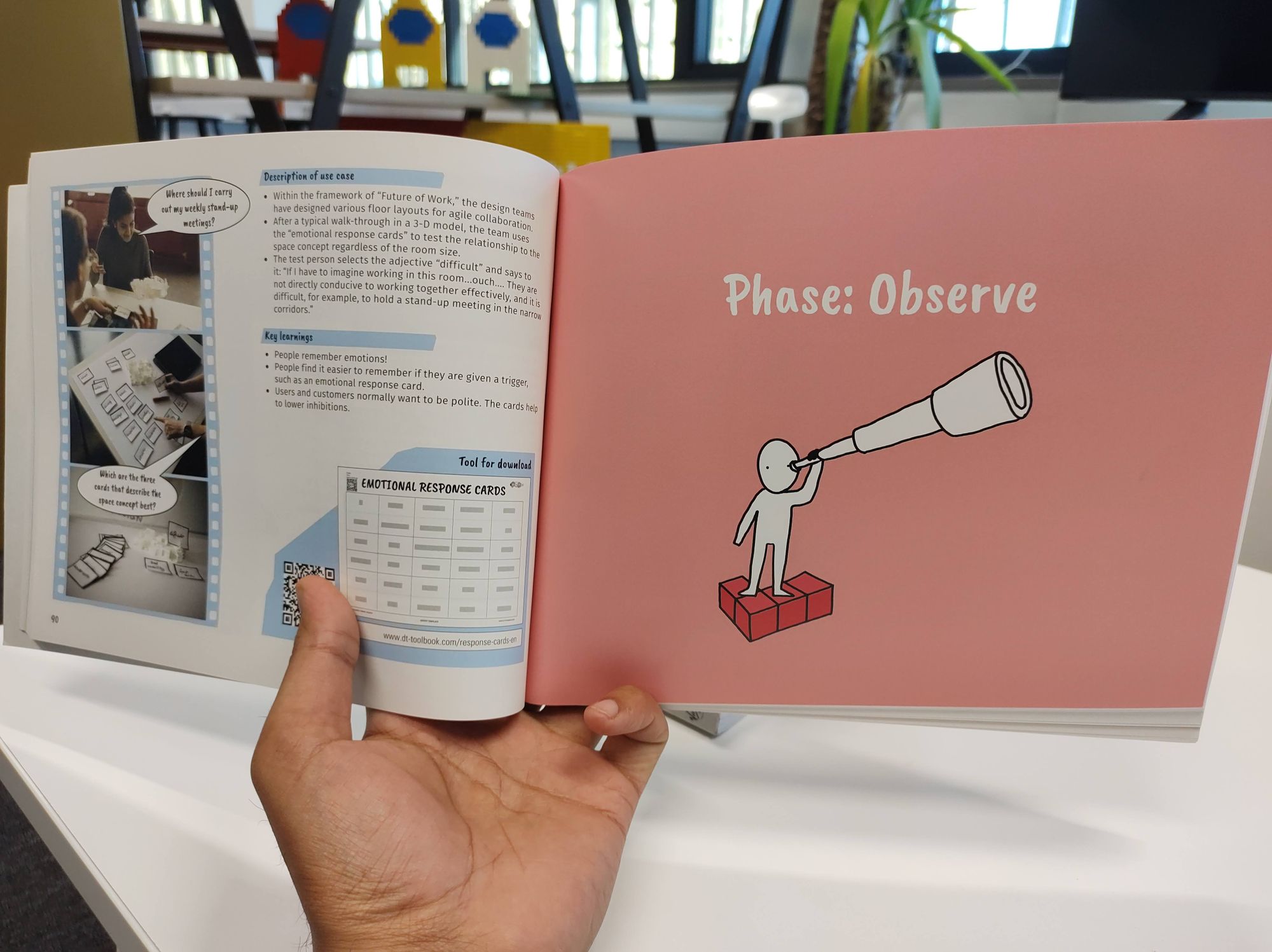
Once you’re in the field, have a few techniques under your belt, and you want to expand your horizons; a great book to have on your bookshelf is The Design Thinking Toolbox. This book is a sequel to The Design Thinking Playbook and covers a lot of the tools and methods in a very succinct manner. It is essentially a reference manual that helps you refresh the main ideas of a tool, and it gives plenty of examples of practical applications as well. Once you understand the principles of Design Thinking you don’t need another book that goes over the basics, but a reference book like the Toolbox book will be more useful.
The Mom Test: How to Talk to Customers and Learn If Your Business is a Good Idea when Everyone is Lying to You
By Rob Fitzpatrick
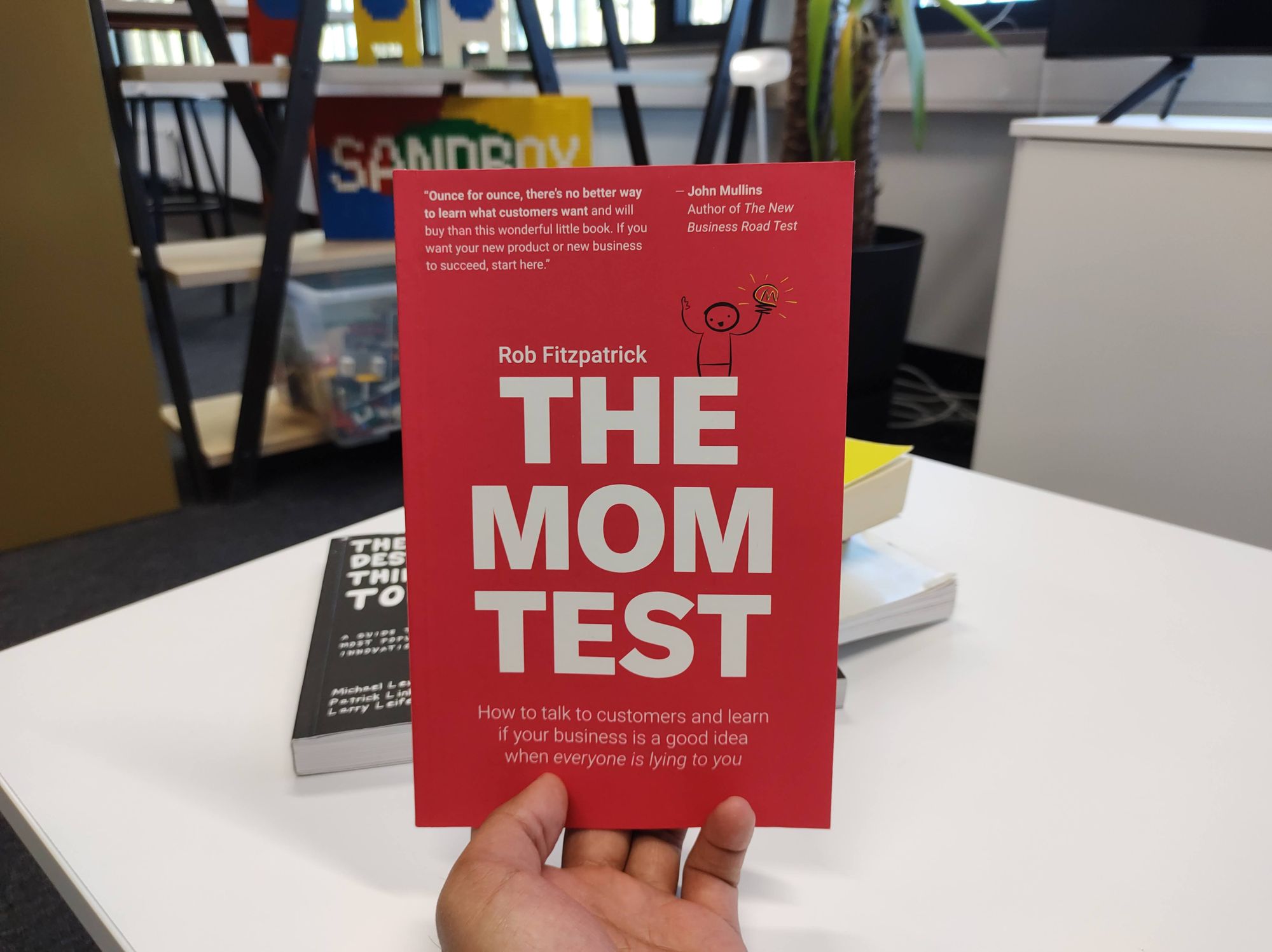
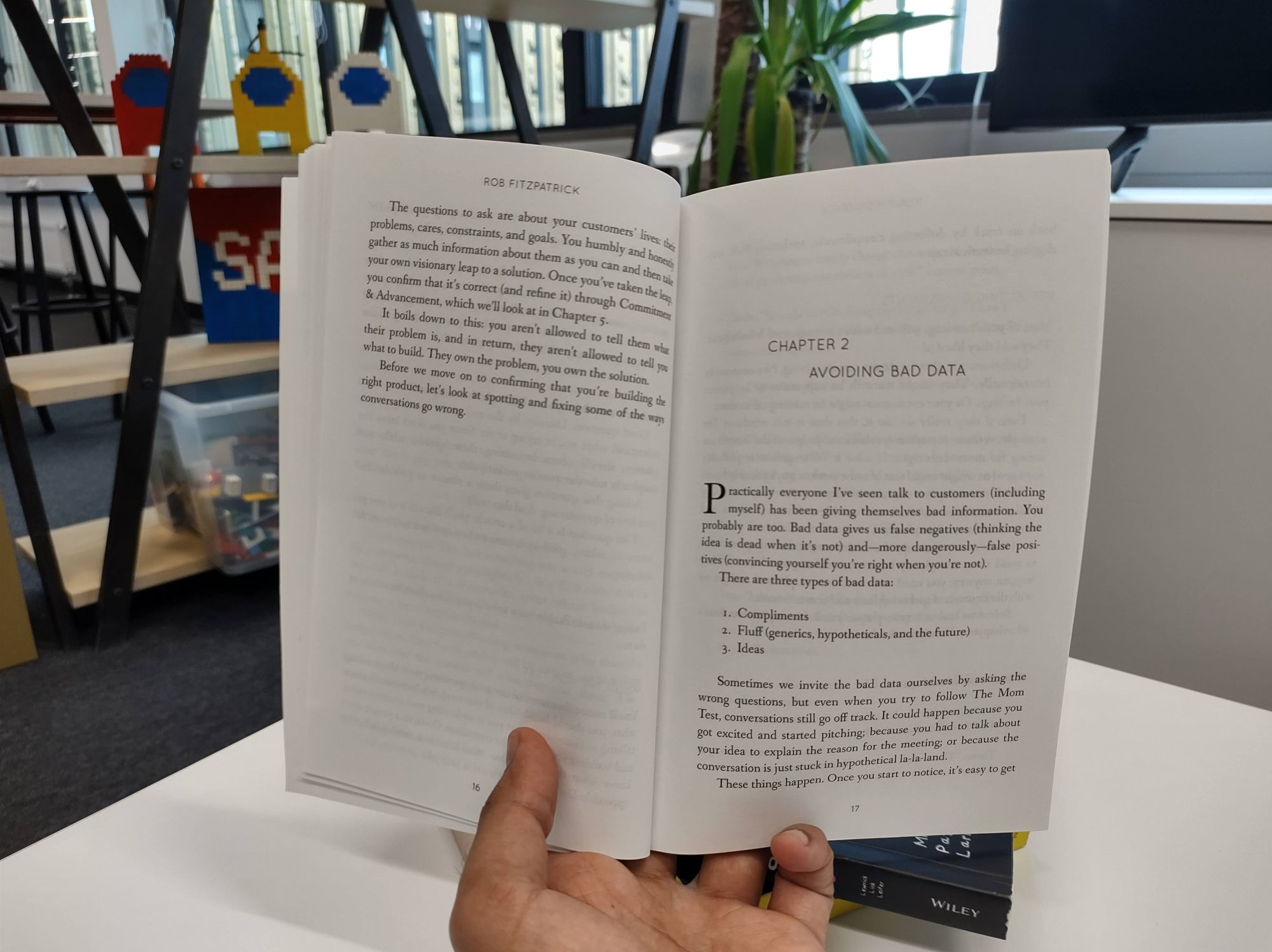
As your skill in Design Thinking increases, so do the length of the titles of the books you use. When working as a product manager a good deal of your time will be spent on interviewing customers and trying to gain insights about their needs. As we know by now that customer (human) centered design is one of the central tenets of the Design Thinking world. The only problem is that a lot of the time people try to protect your feelings and simply want to validate your assumptions about your ideas. If you ask your mom if she thinks that an app to teach cooking is a good idea, she will respond by complimenting you and validating you instead of saying that she will probably never use an app as she prefers to learn from someone in person. Whereas if you’d asked her how she preferred to learn something new, she’d have honestly told you what she liked and not what you’d have liked to hear.
The insight being that the way you frame questions in the user interviews plays an extremely important role. This book is filled with specific ideas about how to structure the interviews and ask the right questions so that product managers and founders don’t mislead themselves.
Bonus:
Why Fonts Matter
By Sarah Hyndman
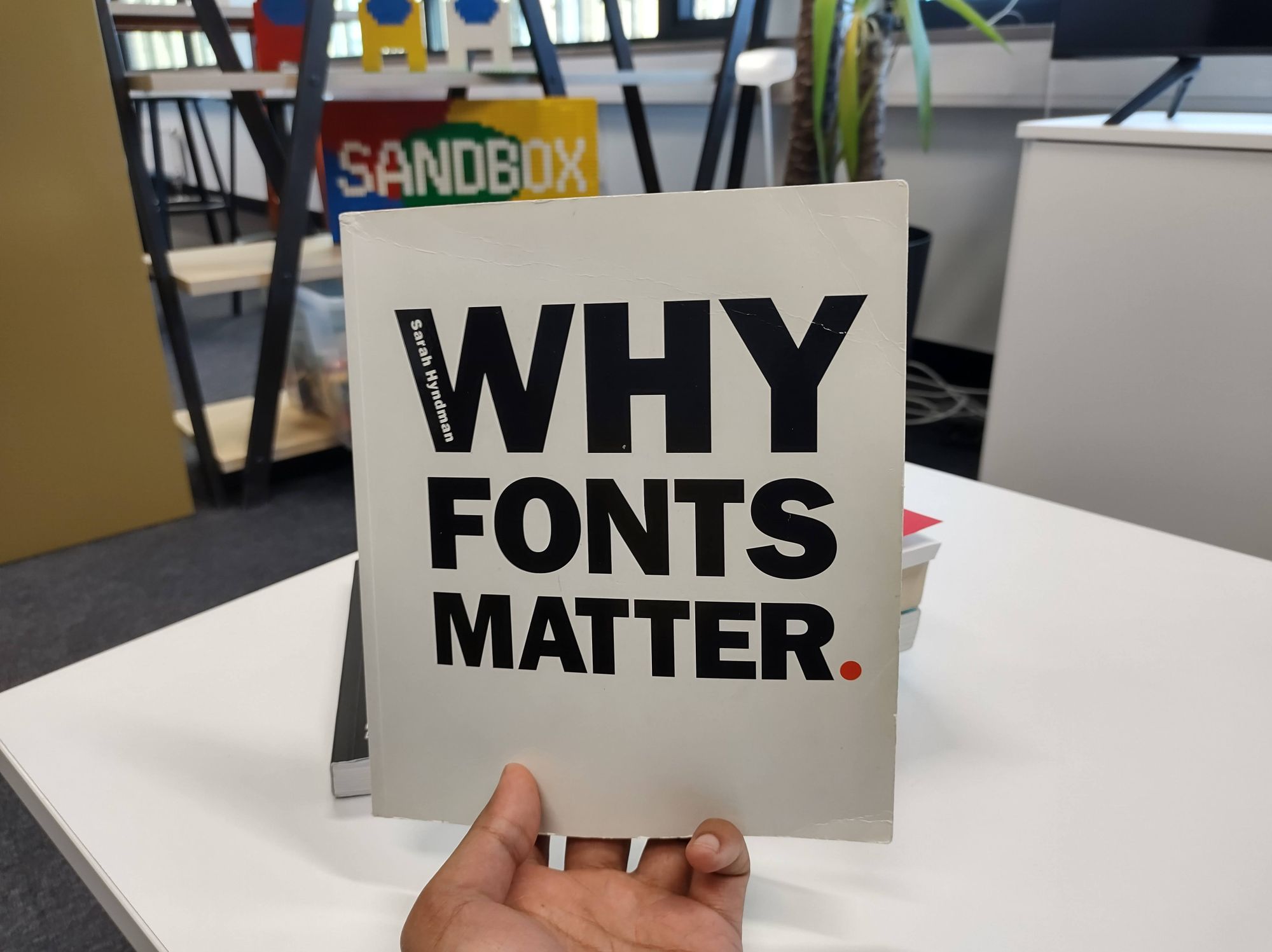
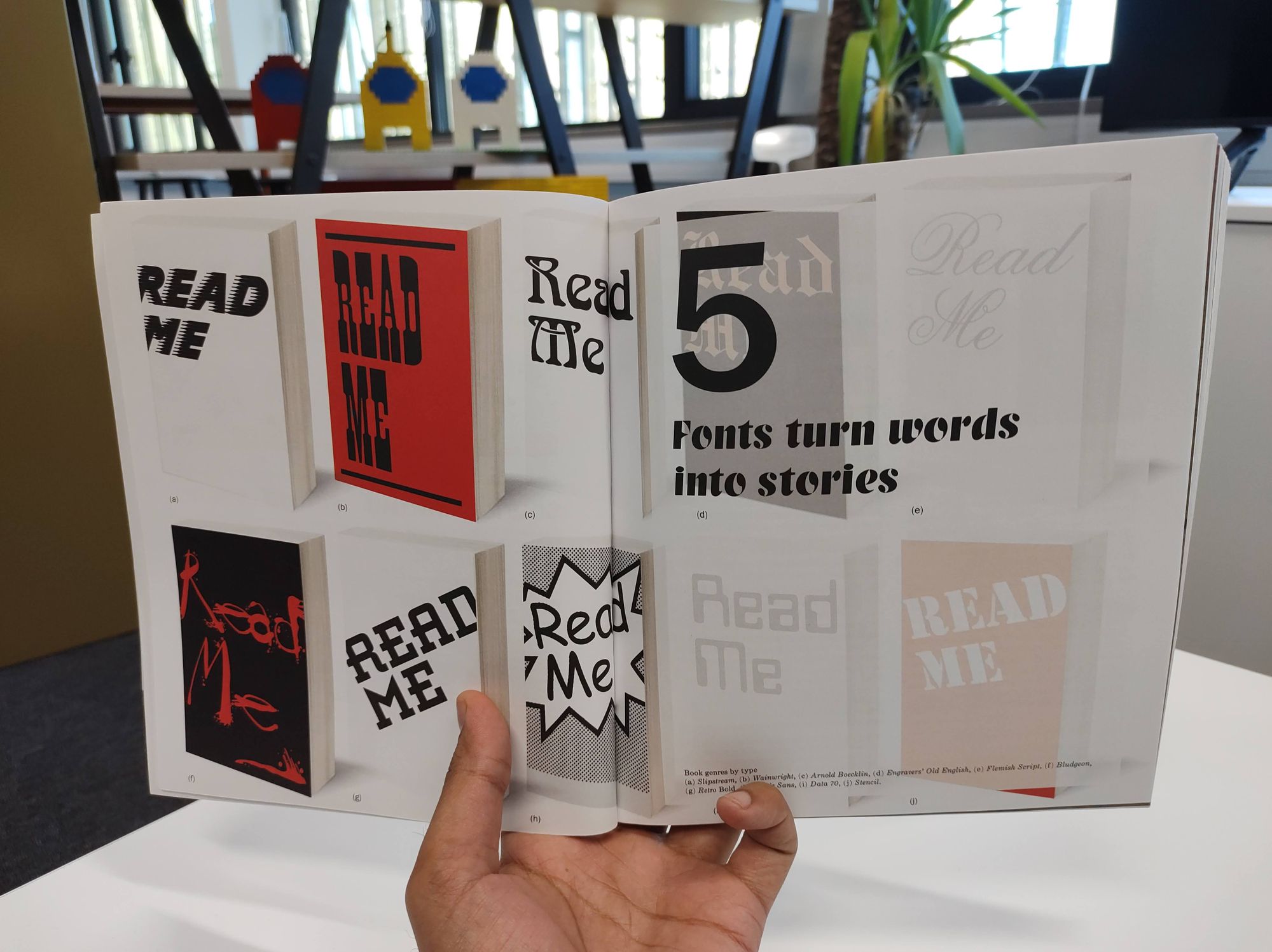
Everyone hates Comic Sans, while Helvetica remains the most popular and loved font face even after about 65 years of it’s conception. As humans we evolved to pick up a lot of minute details in our surroundings like the tone of voices, small changes in facial expressions of the people we’re talking to. So it is no wonder that we feel strongly about the style of written text. Why Fonts Matter brings out a lot of interesting examples of how fonts change our perception of things around us. For instance, in one study two groups were given the same tomato soup, but one group got a menu that described the soup as “Rich and Creamy Tomato Soup” in the font Courier, while another one got the same text in the font Lucida Calligraphy.
As you can already guess, the group that got the menu in Lucida Calligraphy rated that the soup tasted better. With even more examples and games like Type Dating, and Type Tasting this book makes the point fonts have the power to create trust, or make products taste better and even inspire fear. This book explains the art and science of how fonts influence us. Although this isn't strictly Design Thinking, it inspires you to pay attention to detail which is a very important skill when it comes to it.
There you have it, these five books are a great way to get started with Design Thinking and will go a long way in helping you solidify core ideas. Keep in mind that there are plenty of other books and online resources that will be useful once you start your journey.
